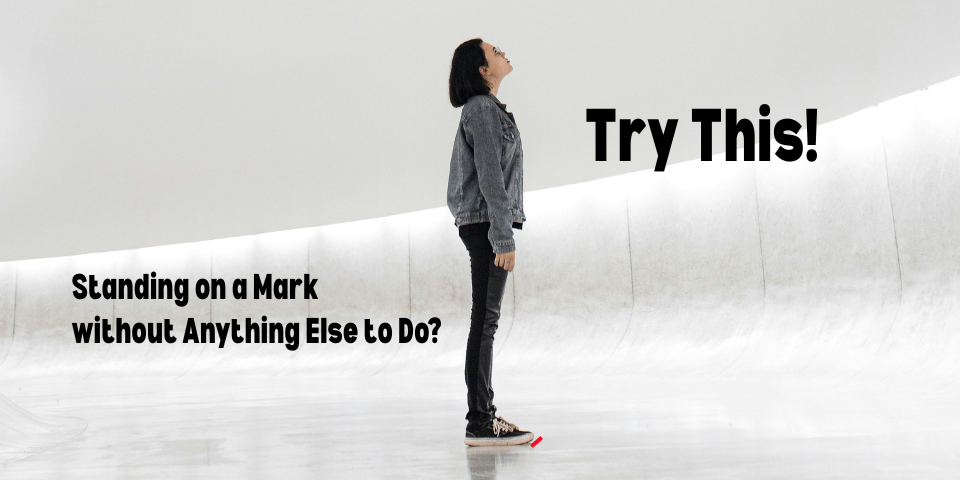One of your most important characteristics as a stand-in is your height. It is often your height that determines whether you are “right” to stand in for a particular actor on a television or film project.
That said, it may not matter whether you are an exact height match with the actor for whom you’re interested in standing in. It may matter more whether you fall within a height range.
When you think of yourself as being within a particular height range than as being a particular height, you open up your stand-in opportunities.
Usual Height Ranges
Many (U.S.) stand-in jobs these days seek stand-ins who fall within a two-inch height range. For example, if an actor is 5’11” tall, the stand-in casting may seek stand-ins in the 5’10” to 6’0″ range. If you are 5’10”, 5’11”, or 6’0″ (or any fraction in that range), you may be suitable to stand in for that actor.
If a different actor is 6’0″, the casting may seek stand-ins 5’11” to 6’1″. If you are 5’11”, 6’0″, or 6’1″ (or any fraction in that range), you may be suitable for that stand-in job.
Your Ideal (“Target”) Height Range
When it comes to determining your target height range, add one inch and subtract one inch from your height.
So, if you are 6’0″ tall, then your target height range is 5’11” to 6’1″. Ideally, you are suited to stand in for actors who are 5’11” to 6’1″ tall.
Your Extended Height Range
Now, it may be helpful to consider your actual height as the upper end of a shorter height range and the lower end of a taller height range. Doing so may expand your stand-in opportunities.
So, if you are 6’0″ tall, then you fall within the range for castings looking for stand-ins 5’10”-6’0″, and you also fall within the range for castings looking for stand-ins 6’0″-6’2″.
Under these considerations, your extended height range is 5’10” to 6’2″. Your extended height range is two inches shorter than your actual height and two inches taller than your actual height.
Implications of Your Extended Height Range
Your extended height range does not in any way mean that a 5’10” stand-in is the same as a 6’2″ stand-in. It does, however, mean that in some cases a 6’0″ stand-in may work for a 5’10” actor, and may also work for a 6’2″ actor. For some camera crews, a two-inch difference between actor and stand-in may not make much of a difference.
However, for some camera crews, the height difference may matter. When camera crews set up shots around stand-ins who are of different heights than their actors, sometimes these camera crews have to reposition cameras when the actors step in. Of course, much of the time it is par for the course to reposition the cameras for the actors, though a large difference in height between stand-in and actor may mean the shot doesn’t work when repositioned to the actor’s height.
Submitting Yourself for Stand-In Work
If you are a 6’0″ stand-in, it probably is not appropriate to submit for stand-in jobs when the height range being cast is 5’8″-5’10”. That range tends to imply the actor is 5’9″, which you’re considerably taller than. Similarly, it is probably not appropriate to submit for a stand-in job seeking a stand-in 6’2″-6’4″ because the actor is likely 6’3″, which you are considerably shorter than.
Exceptions when submitting for jobs at the limit or beyond your extended height range may be:
- when the production market is small
- when the height range is unusually short or unusually tall — and you are unusually short or unusually tall
- when the actor’s skin color is hard to match in the market
- when the casting is a rush casting (i.e., late at night or same-day)
- when the casting is seeking a utility stand-in
- when you know the production doesn’t care about the height of stand-ins very much (perhaps from inside knowledge of the production)
If you are a tall woman and you know a production shoots the actresses in high heels, you might be a good candidate for a stand-in job on the project because you could stand-in for shorter women who wear heels that bring them to your height. When submitting for such stand-in work, you might mention your actual height without heels or in flats.
Similarly, if you are a man who owns lifts (shoe inserts that elevate height), then they might open up your height range. When submitting for taller stand-in work, you might mention, say, you own two-inch lifts or your height in two-inch lifts.
There could be other exceptional reasons you’d submit for stand-in gigs at the limit or beyond your height range. However, in a busy production market, it is usually best to stick to submitting for stand-in jobs within your target height range as not to waste casting directors’ limited time with wrong submissions.
Do you have additional thoughts about height and height ranges? How does this advice change when in markets using the metric system? Share your experiences around stand-in height below!






Leave A Comment